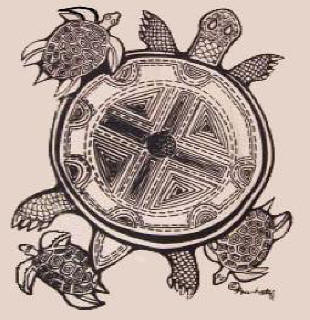 |
LITR 4326
Early American Literature Research Posts 2016 (research post assignment) Research Post 1 |
 |
Mariah Glidden
3/3/2016
Gender and Age in Captivity Narratives
Indians captured settlers for many, many reasons the chief among them being to
replenish their populations that had been decreased by war and disease. Those
who survived and escaped from their captors often wrote captivity narratives.
The narratives described their time with the Indians that took them and how they
survived, adapted, and escaped. Major factors in their survival are their gender
and age. Indians chose women and children over men as captives.
Women and children were taken more often than men.
Many believe that is because they are easier to control and their will is not as
strong. Age has
lot to do with how a person dpts to their new
life with the Indians. In the stories of Cynthia Ann Parker and Mary Rowlandson
are vastly different. This is because Parker was captured as a young girl and
grew up learning their customs. She adapted to their way of life and came to
view herself as one of them. In Rowlandson’s case, she was captured as an adult.
She was already set in her way’s and found living with the Indians difficult.
The stories of male captives seem to be much
different than those of females, unless they are taken at a young age. Herman
Lehmann was captured at age eleven. He spent nine years with the Indians and
completely adapted to their culture, even earning himself the title of petty
chief. He was allowed to go on expeditions and fought against white settlers
beside the Indians. John Smith, however, has a very different story. Unlike the
women and Herman, Smith’s life was threatened several times in his short
captivity. He managed to survive his captivity by trading with the Indians. As
an adult male, he was more of a threat to the Indians and it is amazing that
theylet him live.
Indians captured people for their own benefit
and those who would not benefit them, such as adult males that would rather
fight than adapt, were killed or left alone. Women and children were their main
target because of their weakness and ability to adapt to what others expect of
them. Children made the best captors because they often assimilated completely
to the ways of the Indians and became a part of the community.
Works Cited
White, Craig.
Early American Literature. U Houston Clear Lake.
Literature Department. n.d. Web. 3
March 2016
Heard, Norman J. “Indian Captives”.
Handbook
of Texas Online. Texas State Historical Association. Web. 15 June 2010
Lewis, Jone Johnson. “Women in Indian Captivity
Narratives” About Education. n.p.
Web. 23 February 2016
Greene, A.C. “Lehmann Herman”.
Handbook of Texas Online. Texas State
Historical Association. Web. 15 June 2010.
|
|
|
|


